
“People are not born human. They become human.” Based on the French comic (or “manfra”) of the same name by Tony Valente, 2018’s Radiant was an ambitious newcomer eager to make its mark in the overcrowded field of Shonen. As the first season moved past its formal introductions and into its main story line, it quickly gave rise to something fresh, becoming one of the most unique entries in a year filled with new and returning series that will define the next generation.
With its second season now completed, Radiant continues to deliver on its namesake, crafting a passionate and inspiring tale focusing on its cast of stigmatized humans as they strive to find their place in the world. Simply put, it’s one of the best Shonen anime at the start of 2020 and a must-watch show of the season, celebrating why the genre continues to endure, challenging the format to evolve beyond its expected battle structure, and reminding us that we can’t always exact the change we want from the world and ourselves — at least not alone.
*Note: This will contain some minor spoilers for Season 1, but will be a mostly spoiler-free review, with the exception of one key plot element in Season 2 that I will mark further down. If you haven’t watched the first season (which you should!) or need a refresher, check out my informal review of the first season here or this Recap video on Funimation’s YouTube channel.
Toward a New Adventure (Overview)

If this is your first time here, some background: set in a world plagued by demons that fall from the sky called “Nemesis,” Radiant begins as a young, horned boy named Seth embarks on a journey to become a great Sorcerer and find the mythical “Radiant” to end the threat of the demons. Those that come into contact with the Nemesis and survive become “Infected,” inheriting a unique curse along with the ability to wield magic called “Fantasia.” Though the curse differs per individual, the Infected are feared and discriminated against by the general public. Despite being the only known deterrent against the Nemesis, they are frequently targeted, killed, and used as scapegoats by the non-infected population as well as the Inquisition that governs much of the world.
Season 1 spent much of its runtime establishing its unorthodox premise and colorful cast of characters before taking a dark turn and highlighting the hostile nature of both the Nemesis and its inhabitants. Taking a leisurely approach to expand its setting, Radiant’s story and world-building outshined many of its peers by emphasizing the plight of the Sorcerers and their infections, tackling heavier and culturally relevant themes such as discrimination and mistreatment of immigrants/foreigners in the first major arc, and culminating into a devastating climax. Regarded as a Hero after the events of Rumble Town, Seth rejects the title, still coping with personal repercussions and the dark power awakening within. Fearing another uncontrollable rampage, he decides to leave his friends behind to protect them from the Inquisitors hunting him, and himself.
The City of Knights (Setup & Characters, Part 1)

Season 2 picks up shortly after as Seth makes landfall in the continent of Cyfandir. Home of the Sorcerer Knights and the enchanted forest, Seth ventures into the capital of Caislean Merlin in his search for Radiant, only to quickly find himself at the center of a power struggle that will forever change the history of the kingdom. With war on the horizon, the second season places the spotlight on Seth and his growing list of companions as they each face their own set of challenges before giving way to the season’s main antagonists composed of an alliance between the Inquisition and the newly introduced Merchant Barons who have their own plans for the country and its citizens.
At the center of this first chapter lies the inner turmoil between Seth and Mélie as the former grapples with his literal demons while the latter is left to determine her own future. Rather than attempt to immediately remedy their situation or simply put it on hold to get back to the action, Radiant takes a bold gamble by framing much of the narrative around them in the season’s first half, paving the way for one of the series’ most emotional — and dialogue-heavy — episodes.
Following his sudden departure, Seth fully comes into his own after his setbacks at the end of season 1 and, in the process, further distances himself from his battle shonen inspirations. Much like the current crop of modern shonen heroes moving away from what CBR calls the “ascension of power” route, Radiant carefully takes the time to also manage his emotional state through his actions and relationships. Gone are the days of simply punching his problems out of existence as he starts holding back in his fights (dialing back his “Titan Punch”), becomes self-aware of his surroundings and collateral damage, and learns from his own mistakes when he realizes he can’t carry the burden alone. Radiant avoids framing him as infallible or giving him easy answers, allowing him to confront his shortcomings and, overtime, open his eyes to the people around him as his motivations grow beyond stopping the fighting between the Infected and non-infected.
Though this is still Seth’s story, Radiant’s other characters hold their own, often taking center stage and driving much of the central narrative. Excluding a few other notable characters, lead heroine Mélie became much of the heart at the season’s beginning, making it clear that even good intentions can have unintended consequences. What was once a close camaraderie turns into a painful reminder for Mélie as her struggles with her split personality infection and previous memories return in Seth’s absence. Like Seth, her character avoids falling into the tropes that have generally plagued much of the genre as she pushes him to work out his priorities — and her own. Their bond is tested even further during a powerful moment that redefines their relationship. It’s a pivotal point for the pair that not only pushes their character’s growth as individuals, it challenges what we’ve come to expect from the genre by leveraging their friendship on equal terms.
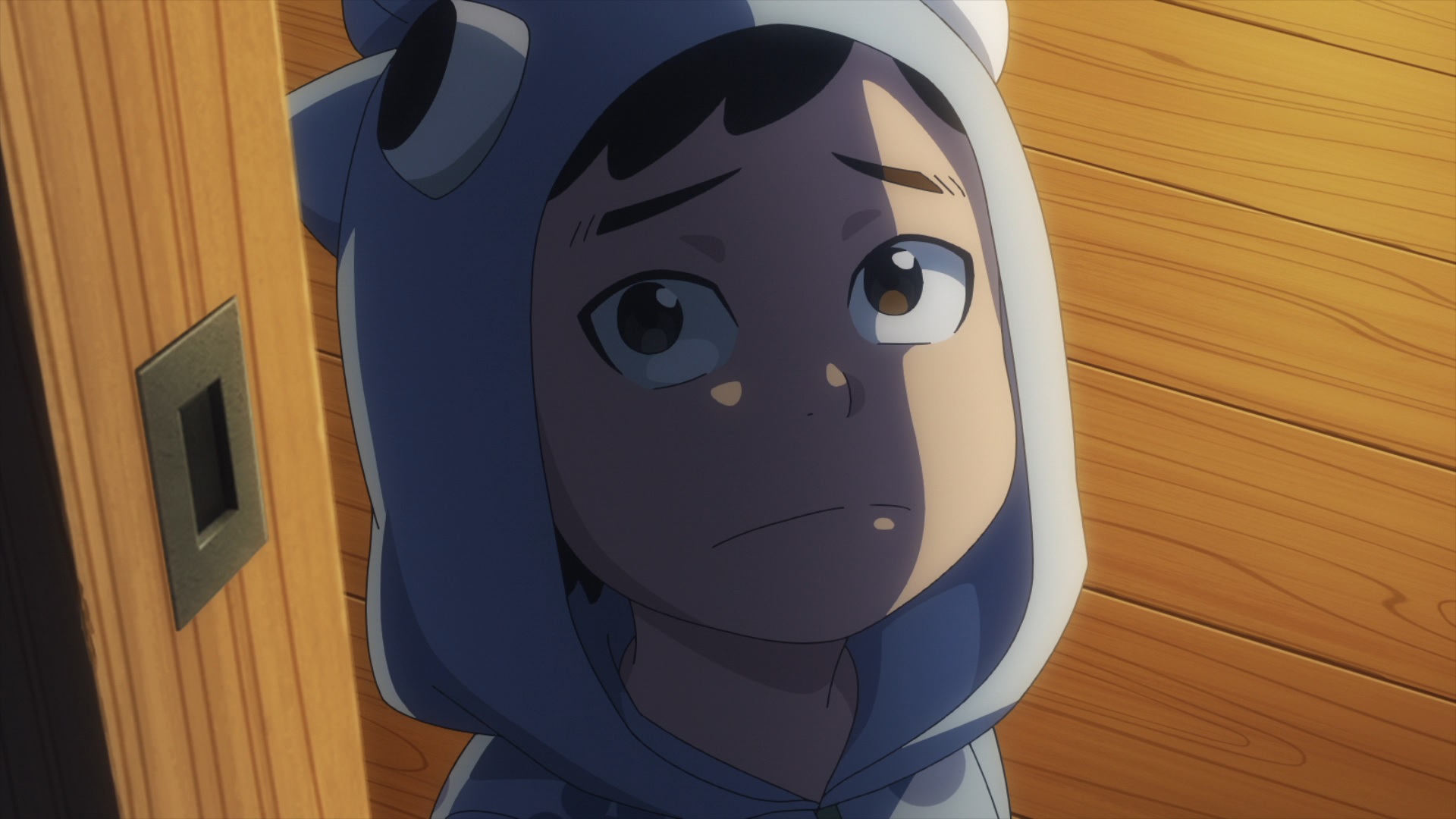
Seth’s second companion Doc also makes some notable strides. Beyond serving as comic relief, season 2 illuminates his kinder side that was rarely explored in the source material. He reaches out to both Seth and Mélie individually, allowing them the time needed to reckon their problems without actually intervening on their behalf. Though unwilling to directly involve himself in conflict, this season has some interesting implications regarding his future role in the series. Without getting into too much detail, he provides an unexpected assist during one of the major battles. While it comes completely out of left field, it’s one of the character’s best and funniest moments of the season.
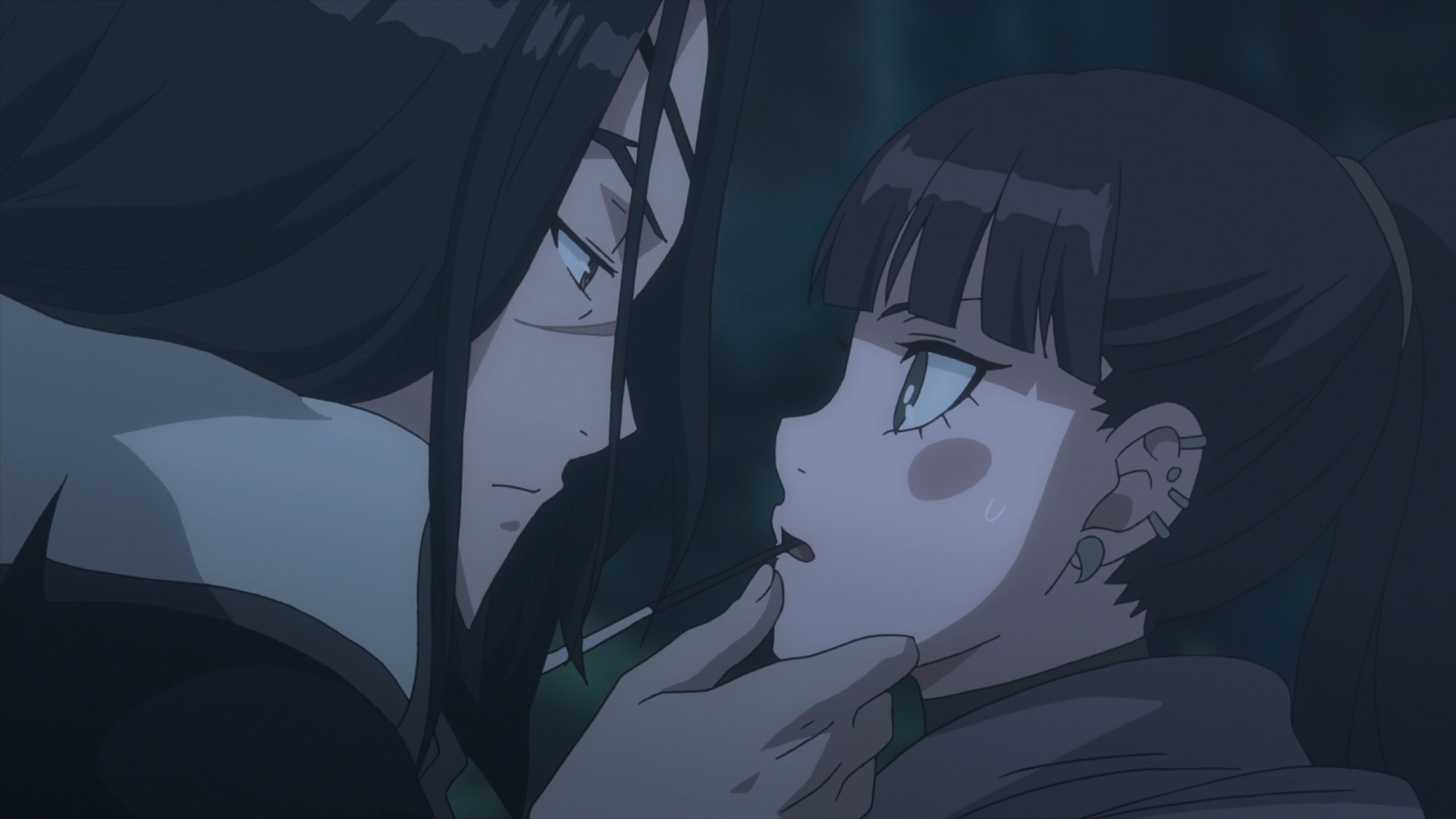
Also returning this season is the Inquisitor captain and newly appointed Thaumaturge Dart Dragunov. Tasked with personally capturing the horned sorcerer and his companions following the events in Rumble Town, Radiant’s season premiere revisits the tragedy of Rumble Town from Dragunov’s perspective as he failed to take action 15 years prior to the start of the series. Very few characters in Radiant fall into complete good or evil roles, and the way Dragunov’s mission and ideals of justice conflict with each other even as the Inquisition commits horrible atrocities culminates into one of the most complex characters of the show. The ghost of his past puts him at odds with his belief in the Inquisition as the protectors for the non-infected against criminal Sorcerers. But as his doubts grow after witnessing the extent his superiors are willing to bloody their hands to reach their objectives and his loyalties are pressed further by fellow Thaumaturge Lieselotte, he finds himself in a similar situation — one that will greatly alter the course of the war and beyond.
The Final Battlefield (continued, Part 2)

Along with the return and redefining of several more familiar faces, season 2 introduces a number of newcomers who affect Radiant in new and interesting ways. Newcomer Ocoho makes a powerful first impression, taking Seth under her wing and introducing him to the order of knights. An aspiring Sorcerer Knight in training, the two quickly hit it off as they share their ambitions and come to acknowledge their unique strengths. Queen Boudica plays the wise and occasional “tongue in cheek” ruler with her second-in-command Brangoire serving as her personal right hand. Like many of Radiant’s characters, their actions by the end of the season come to define them, but the way their stories played out genuinely surprised me, with a specific conversation between Boudica and Ocoho serving as one of the best examples of how the series diverts and goes beyond the standard Shonen tropes.
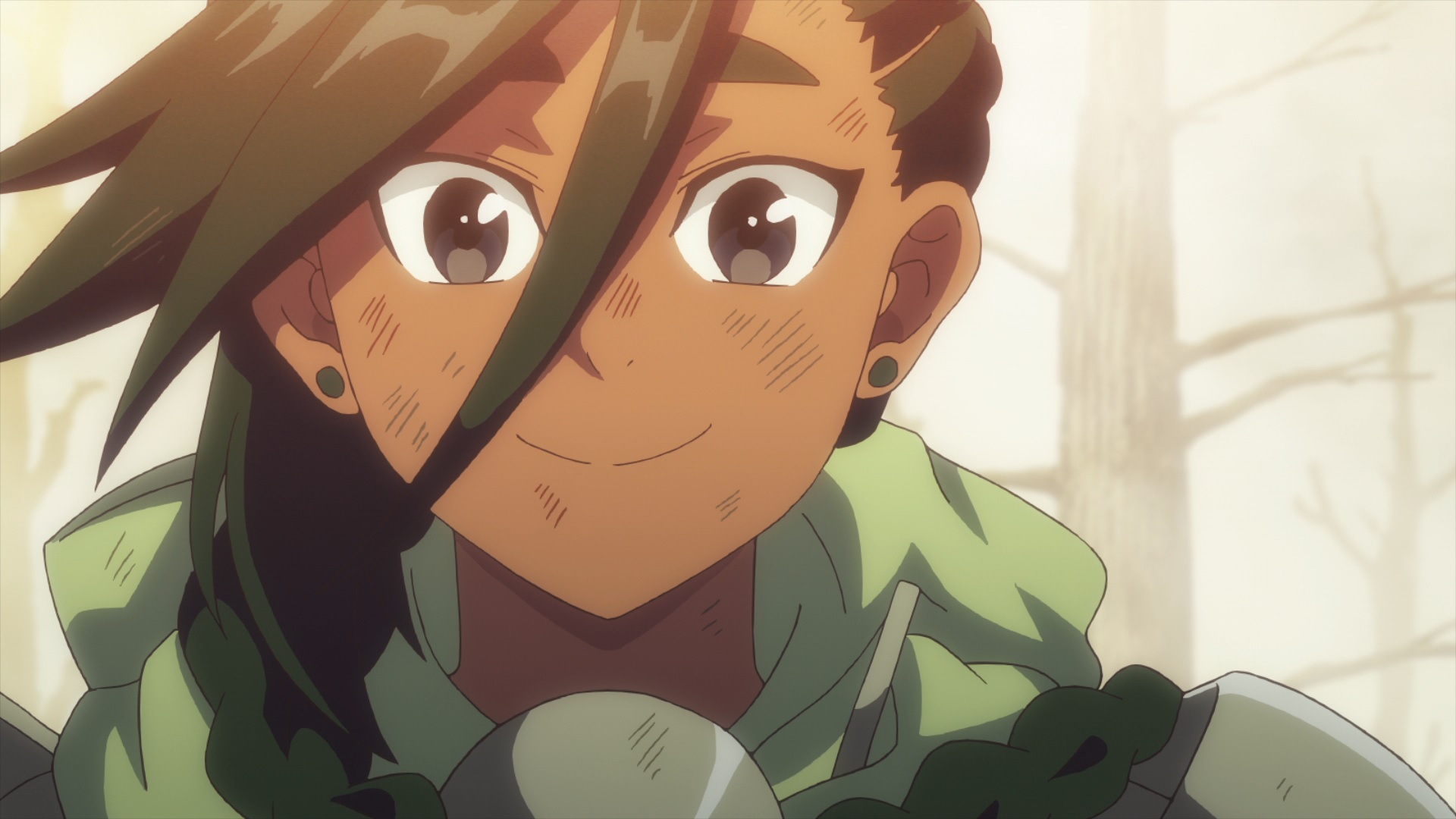
Noting the double standard the order places among its ranks, Ocoho takes center stage as war breaks out in the season’s second half and her world is dramatically changed. Her journey to knighthood sees her overcome several obstacles within the Sorcerer Knights as well as her own previous notions on the qualifications of a knight through Seth, Boudica, and Brangoire, among others. And while some of the higher ranked knight’s behaviors and actions strike as a bit much as the story enters its final stages and the truth comes out, it clears the way for her to take command as Ocoho’s tenacity, selflessness, and leadership come forward, making for one of the most memorable shonen heroines and season finales in recent memory.
In a medium that has not often had the best track record of giving its female cast its fair due, at worst, fueling the fire in favor of what’s fashionable or “meme-able,” it’s refreshing to see Radiant take such a proactive approach, featuring several strong women who drive much of the narrative both on and off the battlefield.
The Will of the People Shines Bright (Themes)
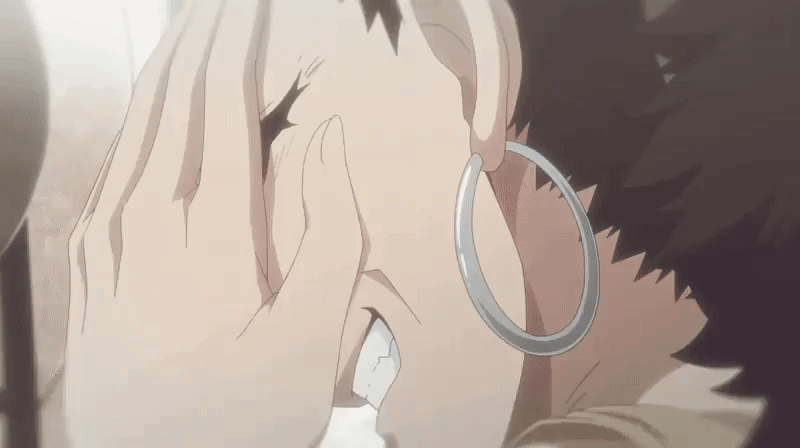
As you’ve probably noticed by now, Radiant is filled with a number of characters from various backgrounds. Author Tony Valente’s broad outlook in Radiant is further illustrated not just by giving its extended cast their own character development and an authentic voice beyond driving the lead hero’s story, but by incorporating real world issues and cultural mythologies (notably Celtic myth and Arthurian legend this season). At the center of it all lies Radiant’s most iconic line, beginning with Alma’s original advice to Seth as he began his adventure: “Don’t become a monster.”
Radiant’s first season went against the grain by exploring themes like discrimination of the Infected, and later, the immigrant/refugee population of Rumble Town as the Inquisitor Captain Konrad stoked the flames of hatred through fear, deception, and propaganda. And while its second season continues to build on those themes with the Inquisition and the Merchant Barons taking aim at the Infected through underhanded means, a new issue arises, begetting a larger threat beyond finding Radiant.
Since this section is devoted to themes, there is one major *spoiler* that no discussion of Radiant season 2 would be complete without. I’ll put up a ***SPOILER WARNING*** if you want to skip to the next section.
Joining the ever-growing list of titles such as Promare and the recent Weathering With You, Radiant season 2 marks another animated project addressing the topic of climate change by weaving it directly into the narrative. During Seth’s training in the enchanted Caillte Forest, Myr, the last living pixie, and his dryad wife Jill teach him the true nature of Fantasia and significance of the forest. When humanity began colonizing and exploiting Cyfandir for its land and resources, the forest shrank overtime, resulting in a severe reduction in Fantasia. Left with no alternatives, the last remaining pixies chose to merge with the land rather than face the possibility of a Fantasia shortage. As one of the few sorcerers who can wield Fantasia with their bare hands, Myr sees Seth’s potential and agrees to train him, hoping he can bring back the world of the pixies and help his unborn children live a better life.
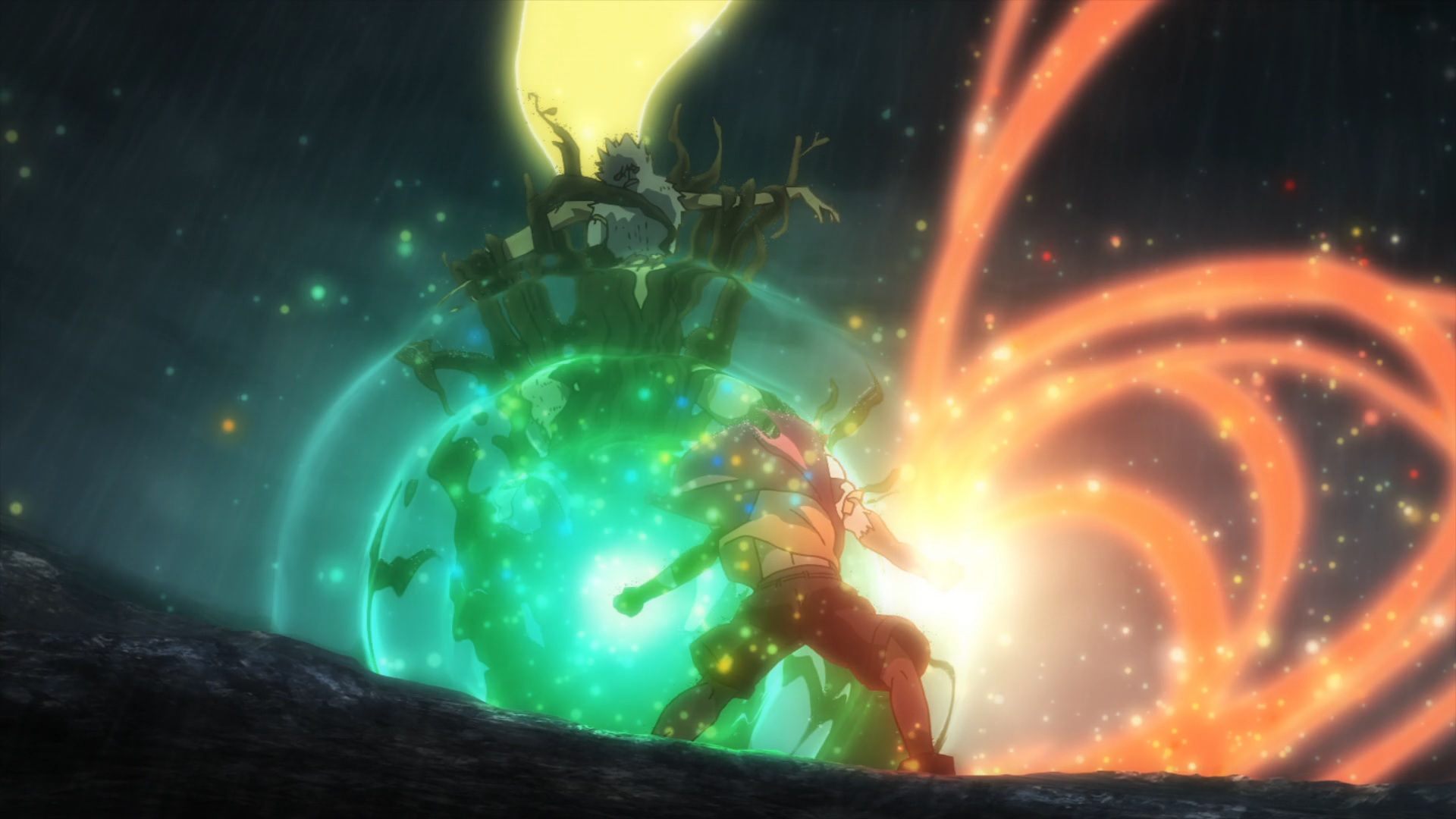
The parallels to our current climate are given further weight in the season’s latter half as war breaks out and the Inquisition unleashes their ultimate anti-magic weapon provided by the merchants who intend to take the land and enslave the Infected. Rendering the sorcerers unable to use magic, the Harmonizium begins absorbing the Fantasia in the environment, killing the land as the forest is laid to waste. But even in the midst of some significant losses, Radiant manages to find hope as Seth’s training bears fruit, gaining the upper hand in one of his most difficult fights as he and his friends refuse to be chained down by the Inquisition and their oppressors. Though the forest is gone, Seth reminds his mentor and friend Myr of what he has left. It doesn’t make light of the aftermath or that it will be difficult to repair beyond Seth’s generation, but the choice is left to the survivors. Much like our own unstable planet, what happens next will ultimately be determined by what follows after we’re gone.
***End of Spoilers***
Season 2 covers a lot of ground that could easily be their own self-contained stories, but somehow manages to tie them all together to form a deeply engaging narrative. As highlighted in the quote at the beginning of this article, Radiant masterfully builds around its characters through its signature theme of “becoming human,” driving the point further through Seth’s initial withdrawal from his friends (and humanity as he battles the monster within), Mélie’s persistence in making meaningful connections in spite of her curse, and Ocoho’s determination to live up to her version of an ideal knight, all while approaching greater issues noted above in a genuinely authentic voice. To that end, Radiant succeeds as a character driven story, a strong narrative and setting that builds on familial and broad themes, and an incredible battle Shonen by putting its human cast first.
A Bouquet of Flowers for This Land (Audio & Visuals)

Studio Lerche once again returns to Radiant to provide animation with director Seiji Kishi ( Assassination Classroom) at the helm. Visually, Lerche does an incredible job maintaining the look and feel of Radiant with strong art direction, vibrant colors, and gorgeous backgrounds, as you can tell from many of these lovely screenshots. For the most part, the animation and fight sequences are clean, with a few exceptions (specifically, episode 15). While they never quite reach the complexity of more mainstream action titles, Lerche has a clear understanding of what to emphasize during Radiant’s twenty-one episode run. Having previous experience with experimental Shonen including Assassination Classroom, as well as last year’s Astra Lost in Space and the currently running (at the time of this writing) Toilet-Bound Hanako-kun, by focusing on emotion and character expressions, Lerche further humanizes Radiant’s cast and story to complement its sharp writing and dialogue.
While we are on the subject, now is a good time to talk about voice acting. Though both the sub and dub are excellent with some memorable performances by Yumiri Hanamori (Seth), Aoi Yūki (Mélie), and Mai Fuchigami (Ocoho) in Japanese, for this piece I want to focus on the English cast. Featuring a mix of new talent and some recognizable veterans our dub readers will likely be familiar with, ADR director Caitlin Glass assembled quite the team to reflect Radiant’s diverse roster. Radiant’s second season plays host to a number of new and returning characters, and while I can’t highlight them all (at the risk of revealing some major plot points), I’d like to go over some noteworthy performances.

Christopher Llewyn Ramirez had some very big shoes to fill as lead protagonist Seth, and the way his story unfolds this season leads the actor into some uncharted territory only teased in the previous season. Seth goes through the gauntlet of emotions this time around, and Ramirez’s flexibility in portraying his struggles and eventual acceptance elevates his character to a much more sympathetic and relatable level. In addition to handling Radiant’s dub direction, Caitlin Glass voices the dual personalities of sorceress Mélie. It’s no secret that season 1 spent a good deal of time building up its two primary leads, and their chemistry together proves to be one of the series most compelling elements. In a potential career-best performance, Glass not only provides one of the most heartbreaking deliveries of the season but continuously highlights the character’s resilience and ability to stand independently in both of her contradicting personalities.

Alle Mims joins the cast as the valiant Ocoho who adds another layer to the narrative and becomes a valuable member of Seth’s party. Mims’s performance captures the knight in training’s confidence by balancing Ocoho’s enthusiasm, daringness, and heart as the story transitions to her and the world around her begins to shift drastically. Kenneisha Thompson plays the towering Queen Boudica with a commanding presence fit for her status. Unsurprisingly, she dominates much of her screen time whenever present, but her own synergy with Mim’s Ocoho radiates their strong personalities whenever the two share the screen. Rounding things up is Ben Phillips as the strange forest imp Myr. It would be easy to play this kind of role up for the humor, but Phillips succeeds in giving Myr a sense of depth as a patient teacher to Seth, a loving (if morally ambiguous) husband, and a knowledgeable observer as Radiant’s world expands and the story comes to a fitting conclusion.
Finally, I want to highlight the music. Masato Koda ( Konosuba, Fire Emblem Fates) returns as the series’ main composer. Given the new season’s shift in tone, the new tracks emit a sense of sadness before giving way to much more evocative, hopeful tunes. Nowhere is this more apparent than the excellent opening and ending themes “Naraku” and “Chitto mo Shiranakatta” performed by Halo at Yojohan and Emi Nakamura, respectively — both of which I previously covered in my last seasonal anime theme song list.
The one outlier in this score is the insert song “This Shadow Hand” by Leo Imai (LEO今井) which plays during a critical fight scene. Much like Dragon Ball Super: Broly’s insert song played at the height of that film’s final showdown, the rock fueled tune doesn’t quite match the awe inspiring and roaring counterattacks of the characters involved. Fortunately, it doesn’t overstay its welcome, but I would have preferred something a little more uniform to the anime’s soundtrack.
Moving onto the anime’s original music, many of the new tracks and returning tracks are used to great effect to bring out the season’s most passionate scenes. Some of the themes from the first season — notably “Hope” which is used around the halfway point in one of the show’s finest moments — further underscore Radiant’s central themes. As the new soundtrack is not currently published, I don’t have the exact names off hand (I will update at a later date if possible), but two of the new tracks this season stood out as some of the most cathartic just shy of the first season’s “ Your Future.” The first is a sorrowful tune that plays at the peak of tense breakdown, seemingly inspired by the manga’s French origins, while the second plays in the penultimate moment just as the sky finally clears. Without getting into plot specifics, Radiant’s music adds additional impact and heightens an already remarkable story.
The Future is With You (Final Thoughts)
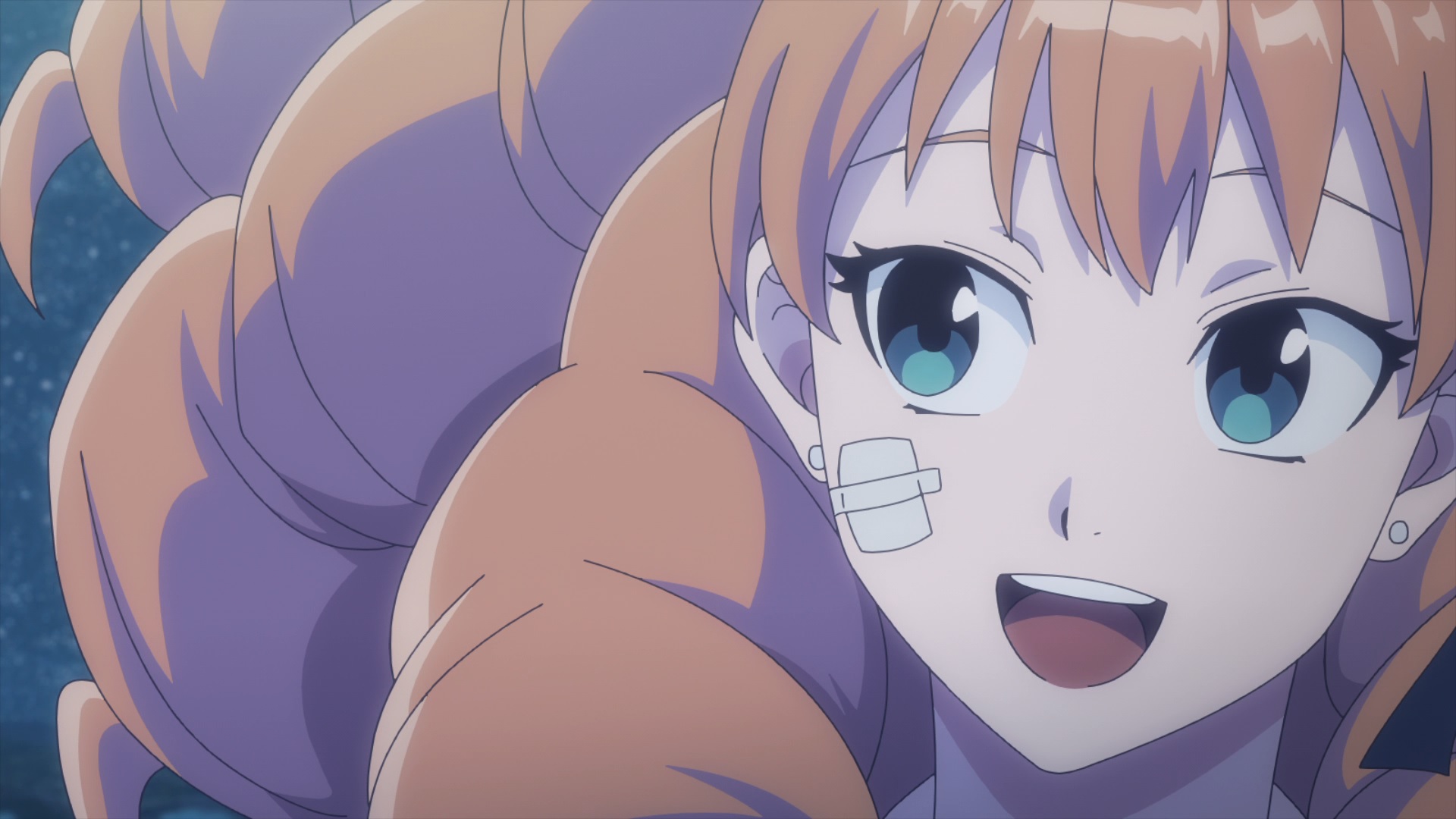
“Everyone grows up, by overcoming all kinds of things.”
Over the years, many Shonen titles have come to define themselves through the quest for status, power, or adventure. Much like its horned protagonist, Radiant season 2 grows further roots beyond those trademark staples, emphasizing the power of choice and importance of the world and the people around you.
With a tighter cast of characters, strong narrative and dialogue, and some of the most heartfelt storytelling this season, Radiant shines brighter than ever by striving to be more than just “Shonen tropes done right,” marking another fantastic entry regardless of your background in anime. By capitalizing on the genre’s strengths and recognizable themes while differentiating itself from its contemporaries through its diverse characters, world building, and thought provoking commentary, Radiant is a testament to Shonen and a beautifully powerful anime all on its own.
But no matter what you call it, one fact is undeniable: Radiant will never be defined as less than human.

All Screenshots and Media taken from Funimation and Crunchyroll. Special thanks to TheMamaLuigi for editing and offering suggestions for this post.
Dark Aether is a writer/contributor for TAY and AniTAY. You can check his previous writings here, Medium, or follow him on Twitter @TheGrimAether. Not Dead Yet.

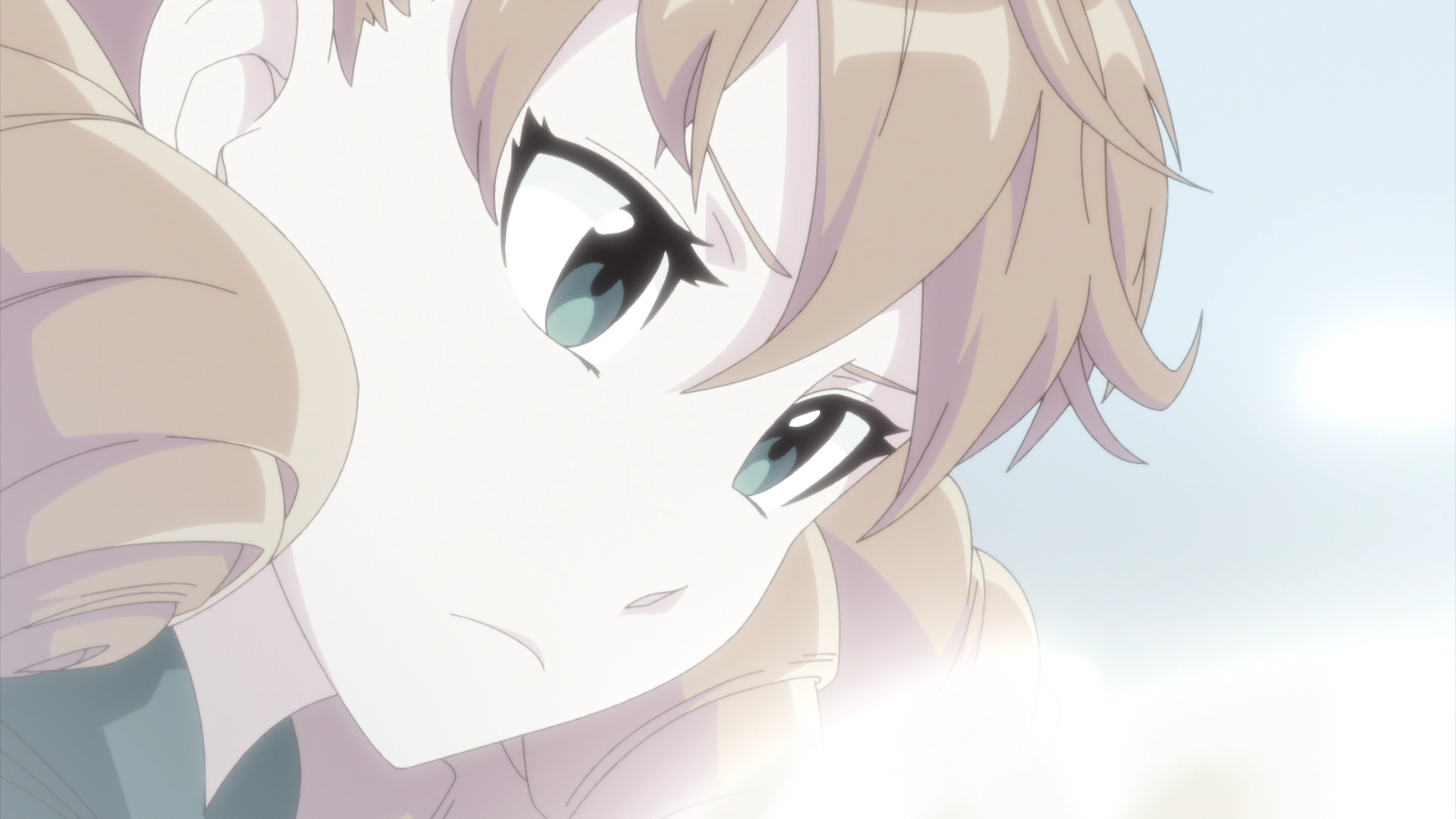
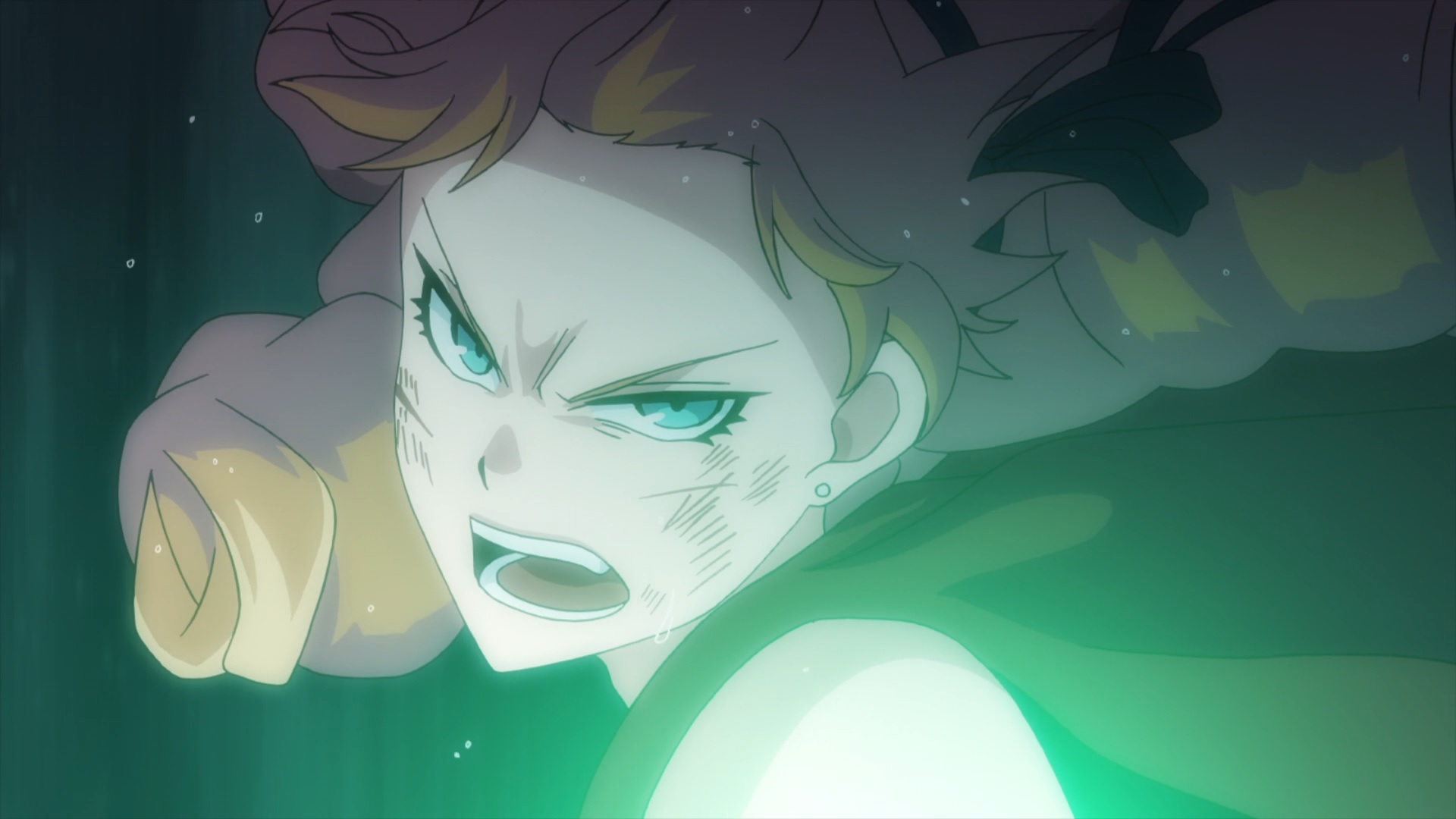
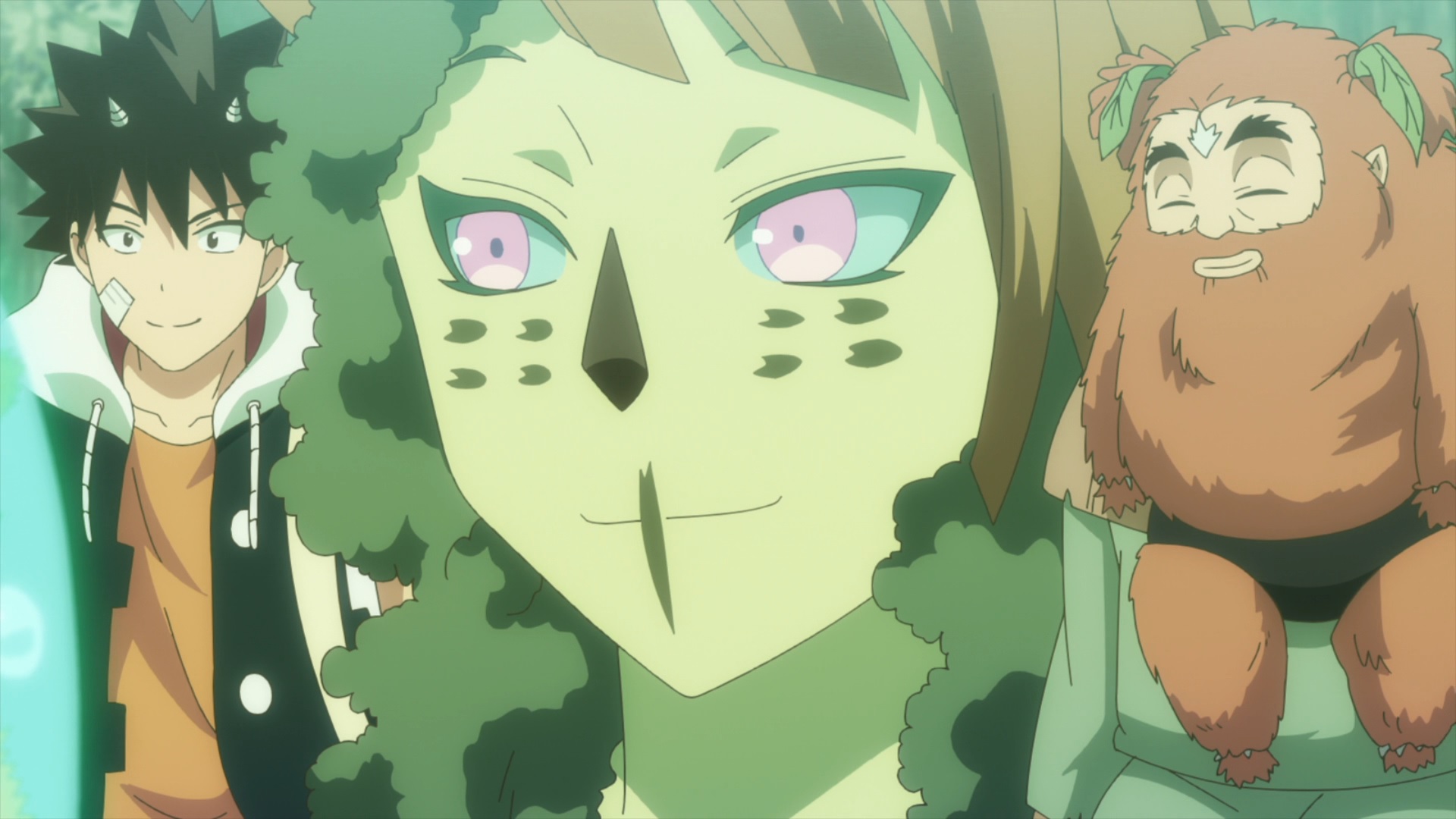
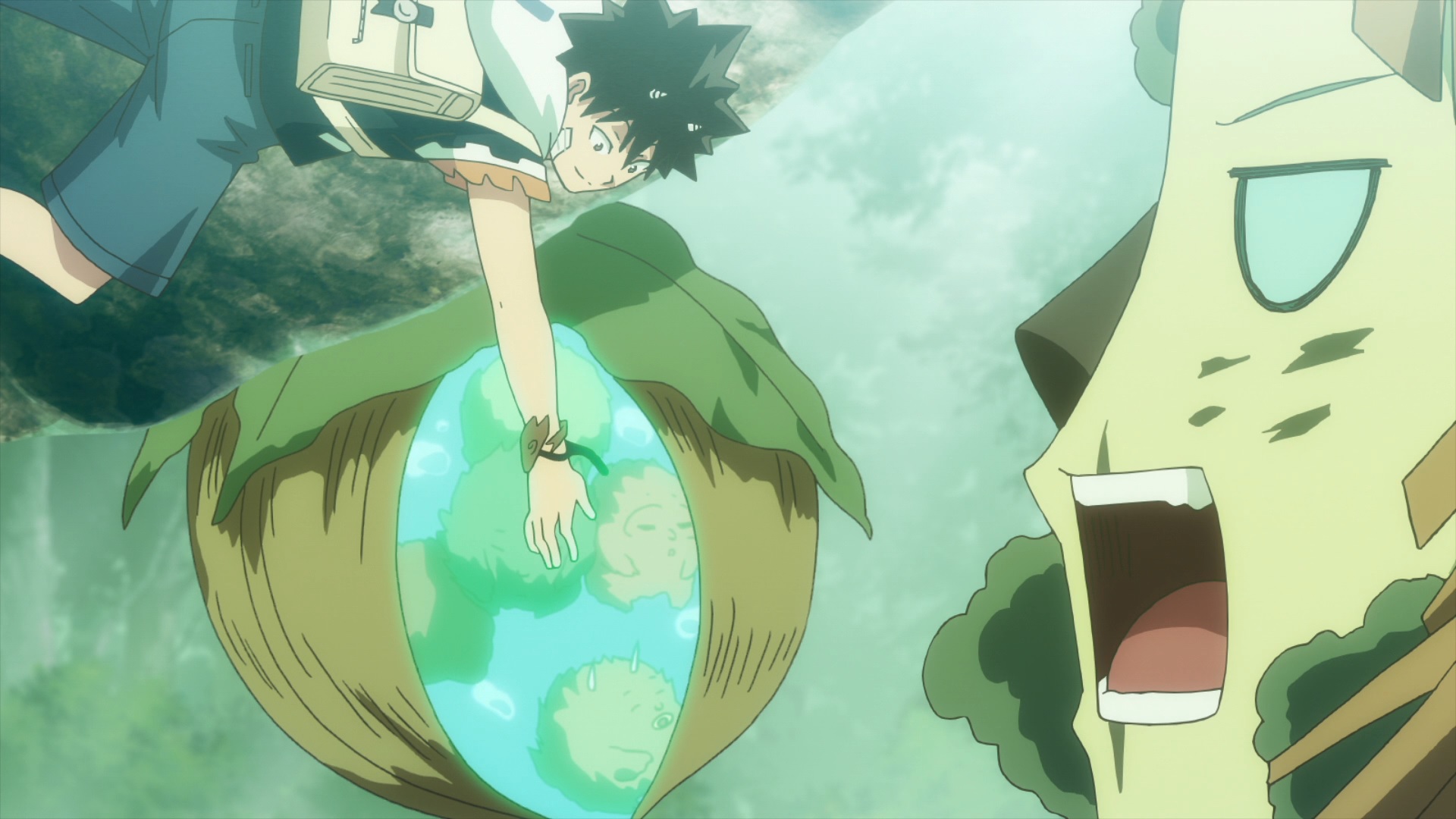
Get involved!
Comments